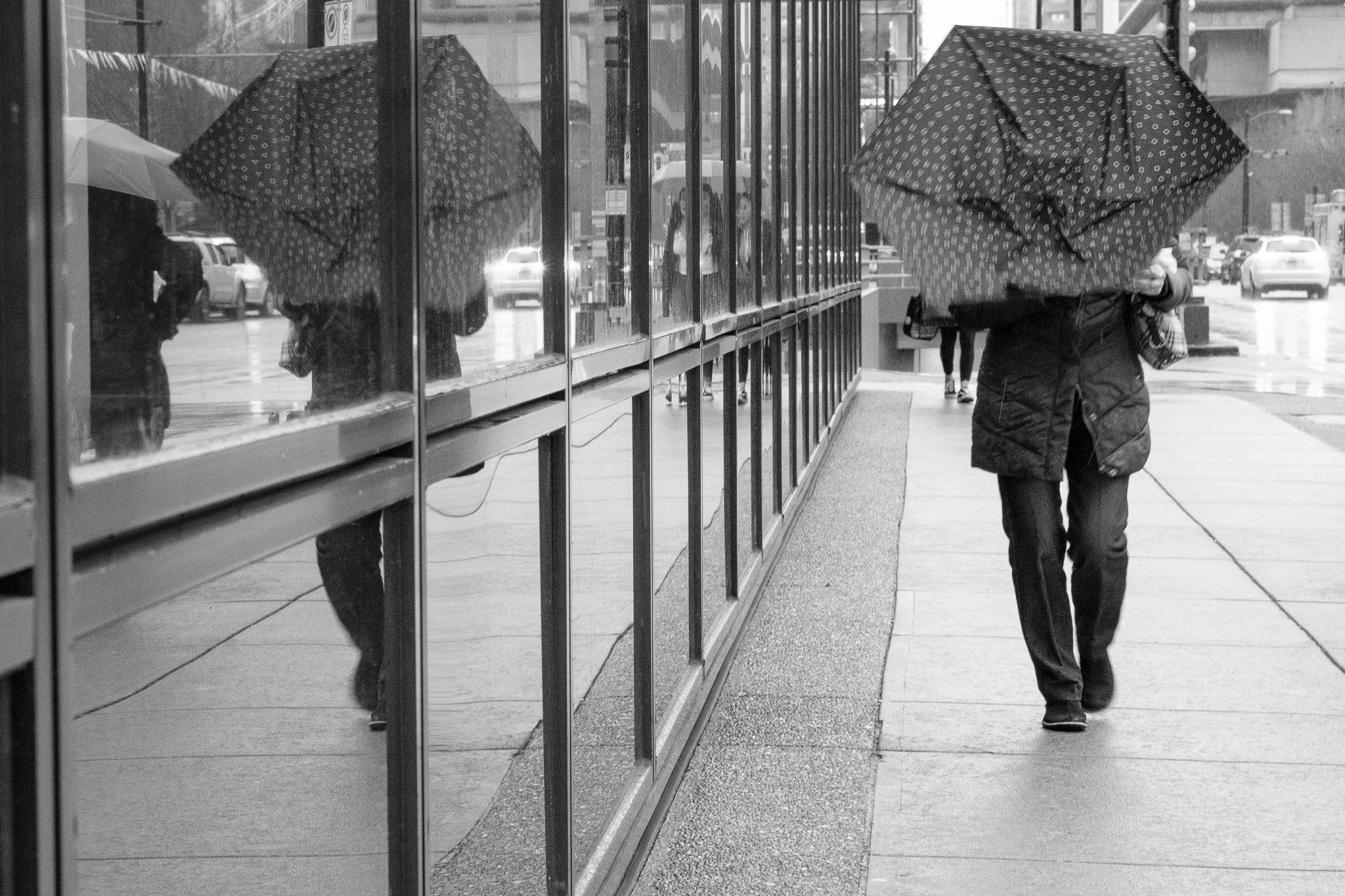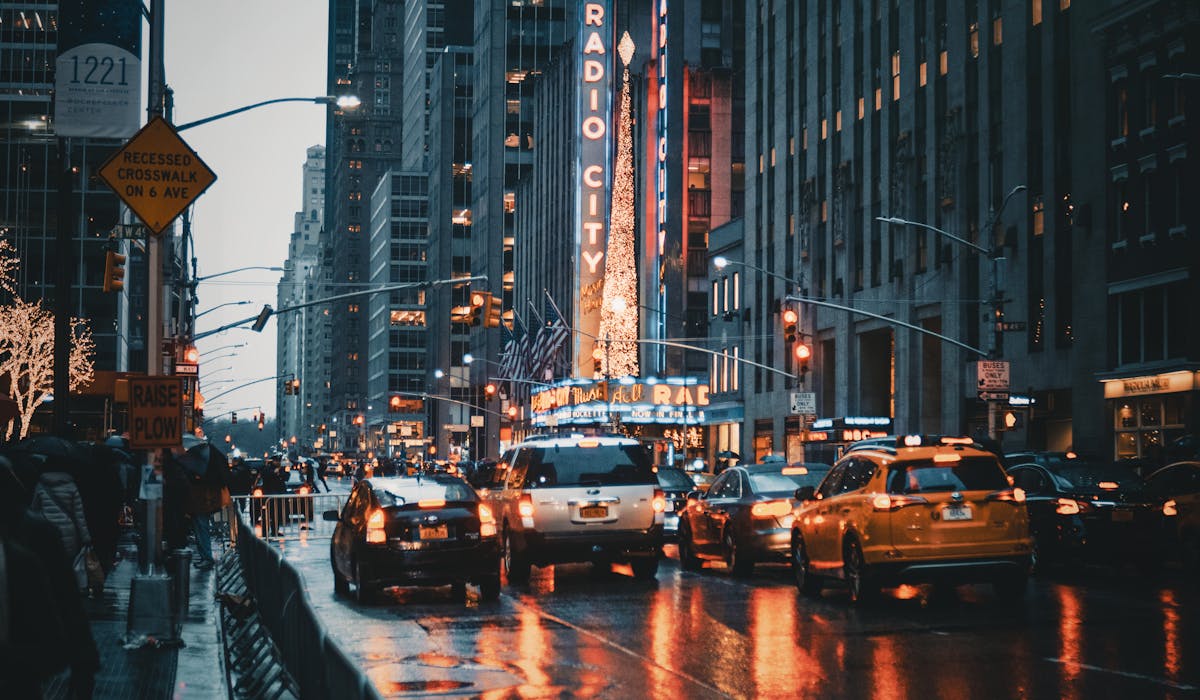Top Guidelines Of Framing Streets
Some Known Facts About Framing Streets.
Table of ContentsNot known Incorrect Statements About Framing Streets All about Framing StreetsSome Known Incorrect Statements About Framing Streets About Framing Streets6 Easy Facts About Framing Streets ExplainedThe Greatest Guide To Framing Streets
Photography category "Crufts Dog Show 1968" by Tony Ray-Jones Street photography (additionally in some cases called candid digital photography) is digital photography carried out for art or query that includes unmediated opportunity experiences and arbitrary cases within public locations, typically with the goal of catching photos at a crucial or touching minute by mindful framing and timing. 
About Framing Streets
Susan Sontag, 1977 Road photography can concentrate on individuals and their habits in public. In this respect, the street professional photographer is comparable to social documentary professional photographers or photojournalists that also function in public areas, however with the purpose of capturing relevant events. Any of these professional photographers' pictures may capture people and building visible within or from public areas, which frequently requires browsing honest problems and regulations of personal privacy, security, and building.
Representations of daily public life form a style in nearly every period of world art, starting in the pre-historic, Sumerian, Egyptian and early Buddhist art periods. Art taking care of the life of the street, whether within sights of cityscapes, or as the dominant theme, shows up in the West in the canon of the North Renaissance, Baroque, Rococo, of Romanticism, Realism, Impressionism and Post-Impressionism.
Little Known Facts About Framing Streets.
Louis Daguerre: "Blvd du Temple" (1838 or 1839) In 1838 or 1839 the first picture of numbers in the road was recorded by Louis-Jacques-Mand Daguerre in among a pair of daguerreotype views extracted from his studio window of the Boulevard du Temple in Paris. The second, made at the elevation of the day, shows an unpopulated stretch of road, while the other was taken at about 8:00 am, and as Beaumont Newhall records, "The Boulevard, so continuously loaded with a moving bunch of pedestrians and carriages was flawlessly solitary, except a person who was having his boots cleaned.
, that was inspired to undertake a comparable documents of New York City. As the city established, Atget helped to advertise Parisian streets as a worthy topic for digital photography.

The Single Strategy To Use For Framing Streets
Martin is the initial recorded professional photographer to do so in London with a disguised electronic camera. Mass-Observation was a social study organisation founded in 1937 which aimed to videotape day-to-day life in Britain and to record the responses of the 'man-in-the-street' to King Edward VIII's abdication in 1936 to marry separation Wallis Simpson, and the sequence of George VI. In between 1946 and 1957 Le Groupe des XV annually exhibited work of this kind. Andre Kertesz. Circus, Budapest, 19 May 1920 Road photography formed the major material of two exhibits at the Museum of Modern Art (Mo, MA) in New York curated by Edward Steichen, 5 French Professional Photographers: Brassai; Cartier-Bresson, Doisneau, Ronis, Izis in 1951 to 1952, and Post-war European Digital Photography in 1953, which exported the idea of road photography globally.

Excitement About Framing Streets
The recording maker was 'a hidden camera', a 35 mm Contax hidden below his layer, that was 'strapped to the chest and attached to a long cord strung down the best sleeve'. His job had little modern influence as due to Evans' sensitivities regarding the creativity of his job and the privacy of his subjects, it was not published up until 1966, in the book Several Are Called, with an intro composed by James Agee in 1940.
Helen Levitt, then a teacher of kids, related to Evans in 193839. She recorded the transitory chalk illustrations - Best Zoom Lens that were component of children's street culture in New York at the time, as well as the children that made them. In July 1939, Mo, MA's new photography section consisted of Levitt's job in its inaugural eventRobert Frank's 1958 book,, was substantial; raw and usually out of focus, Frank's pictures questioned conventional photography of the moment, "tested all the formal rules put down by Henri Cartier-Bresson and Walker Evans" and "contradicted the wholesome pictorialism and genuine photojournalism of American magazines like LIFE and Time". 50mm street photography